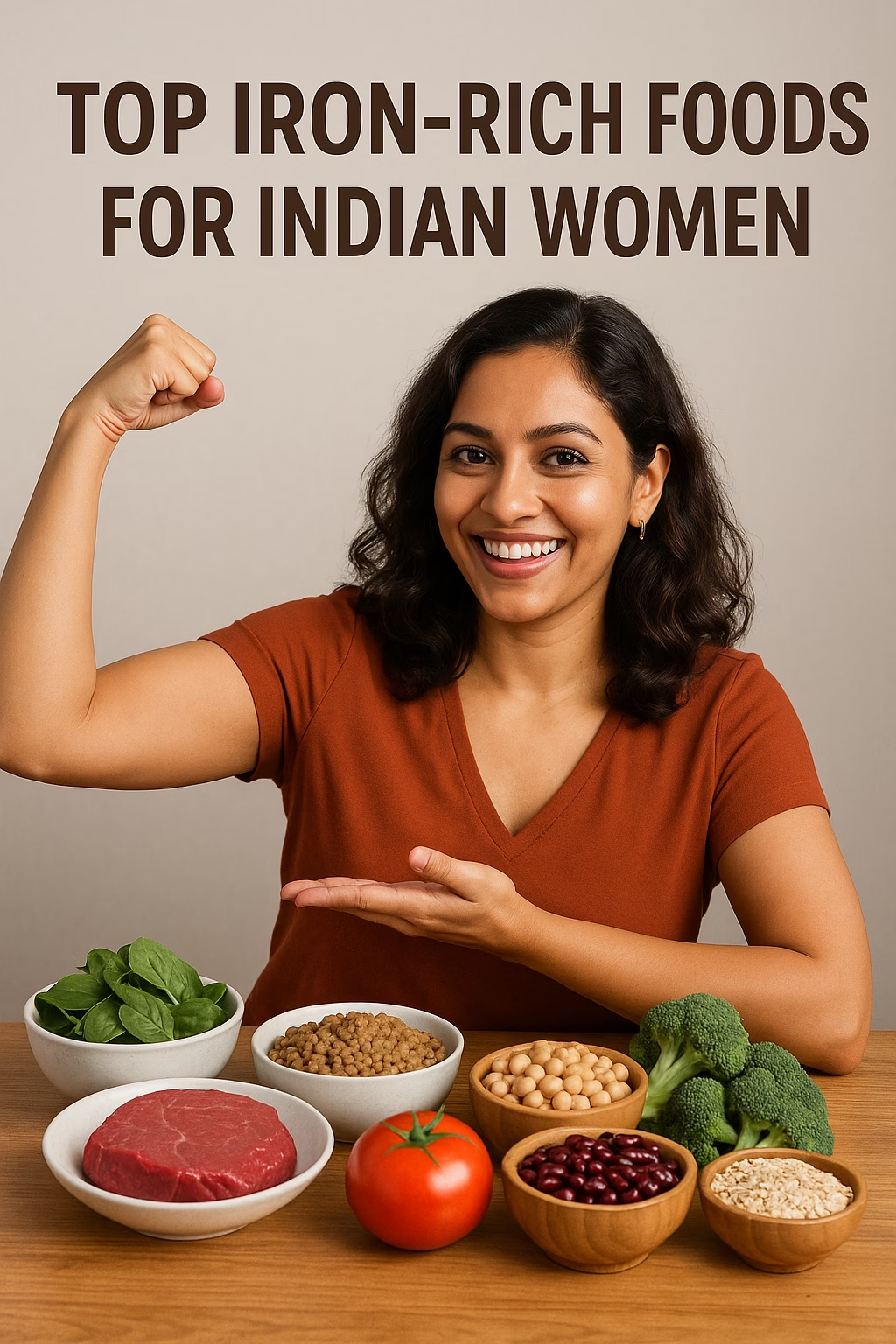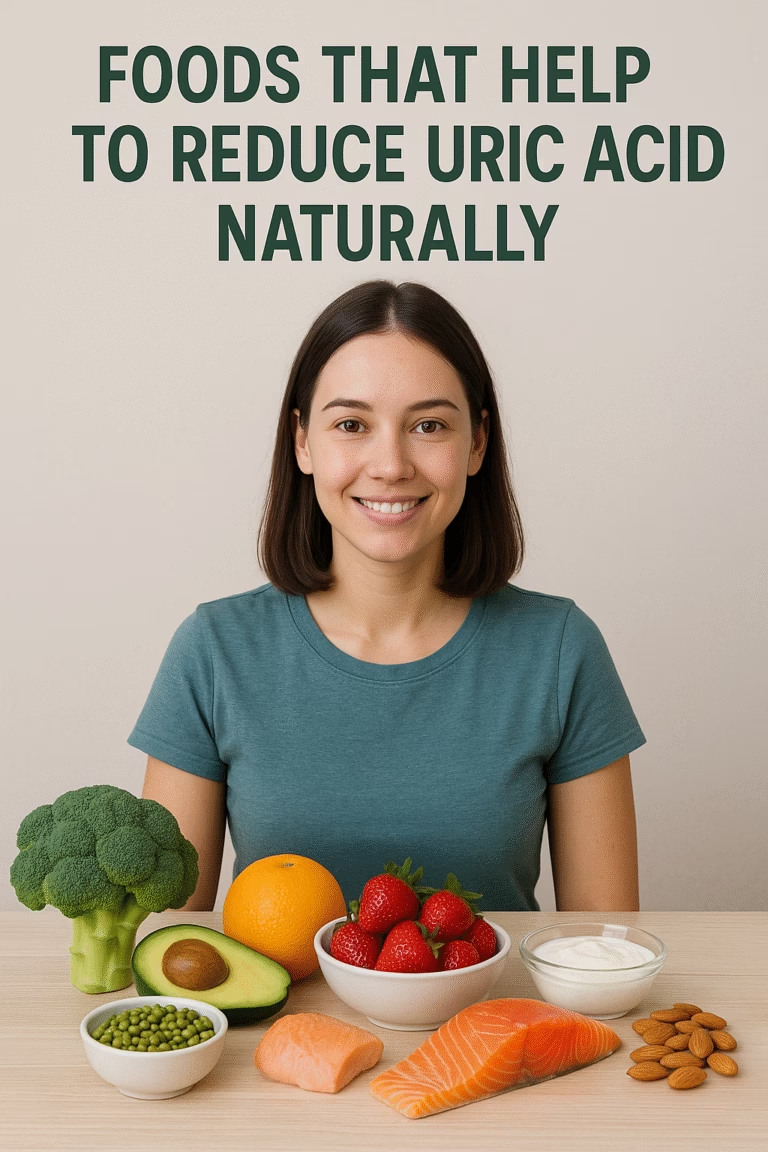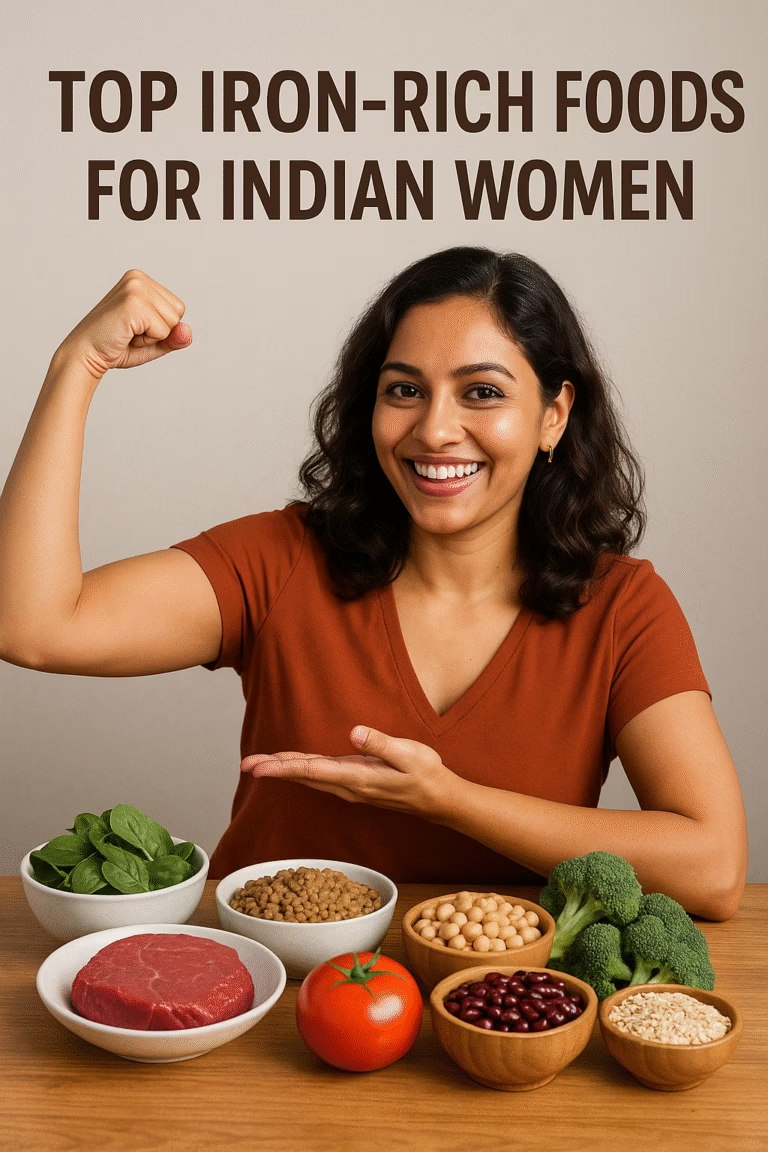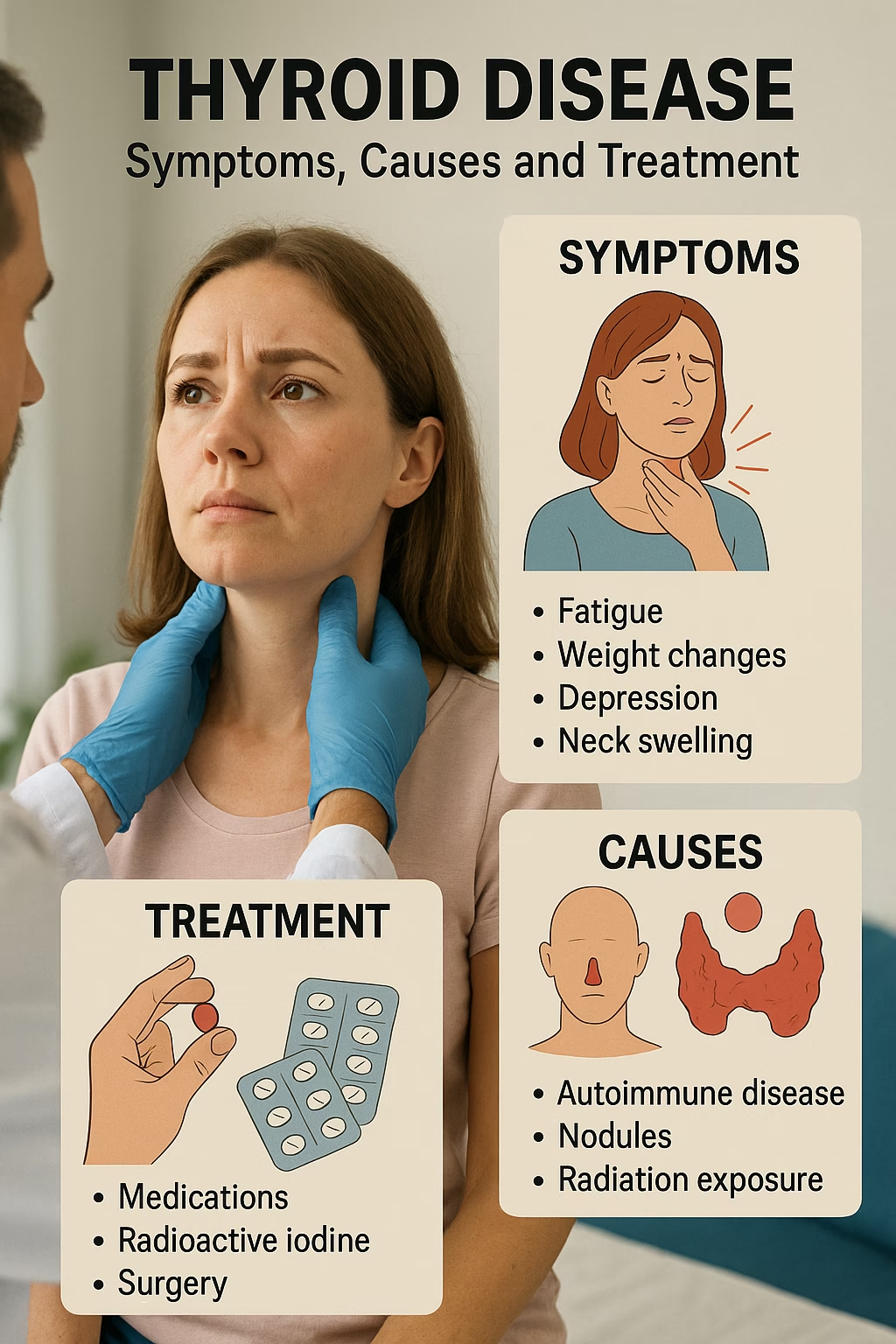
Did you know that more than half the population of Indian women suffer from iron deficiency? We often overlook symptoms like fatigue, shortness of breath, and pale skin as normal, but they can be linked to an iron deficiency. Women require a high amount of iron, especially during pregnancy, childbirth, and menstruation. However, not getting enough iron during those periods can cause severe complications.
The good thing is, we can boost the iron levels in our bodies naturally through the right food choices. This article discusses various iron-rich foods that are easily available in India.
Best Food Sources of Iron
There are plenty of foods that will help you improve the iron levels in your body. The best part is that most of them are already included in the Indian diet. From lentils to leafy greens, there are plenty of options. Let’s look into some of the iron-rich foods and how to add them to your daily diet.
Vegetables
Green leafy vegetables are one of the best sources of iron. The indian diet often includes Vegetables like spinach, kale, green beans, and cabbage. They are not only nutritious but are also high in iron. For maximum absorption of iron from plant-based foods, it would be best to pair them with vitamin C-rich foods like citrus fruits.
Table:
| VEGETABLES | IRON (in 100g) |
| spinach | ~1.05mg |
| kale | ~1.6mg |
| Green beans | ~0.65mg |
| Cabbage | ~0.7mg |
The table shows the iron content (mg) present in 100g of raw vegetables (≈ values).
Source: U.S. Department of Agriculture, Agricultural Research Service. FoodData Central. https://fdc.nal.usda.gov/
Easy ways to add vegetables to your diet:
- Blend them to make smoothies and juices.
- Make a colorful salad with raw veggies.
- Add chopped vegetables to soups, curries, or dals.
- Add spinach, tomatoes, or mushrooms to omelets, sandwiches, or wraps.
2. Pulse and Legumes
Pulses and legumes are staples in Indian cuisines. They are a rich source of nonheme iron, making them an essential part of a balanced diet. They not only provide a significant amount of minerals but also fibre, proteins, and other nutrients, making them an excellent choice for maintaining overall health. The common pulses and legumes in the Indian diet are lentils, chickpeas, beans, green gram, horse gram, etc.
Table:
| PULSES AND LEGUMES | IRON (in 100g) |
| Lentils | ~7.06mg |
| Green gram | ~3.93mg |
| Horse gram | ~8.76mg |
| Cowpea | ~5.9mg |
The table shows the iron content (mg) present in 100g of pulses and legumes (≈ values).
Source: National Institute of Nutrition (NIN). Indian Food Composition Tables (IFCT), 2017. Hyderabad: National Institute of Nutrition, Indian Council of Medical Research (ICMR). https://www.nin.res.in/NIN-Food-Composition-Tables
Easy ways to add pulses and legumes to your diet:
- Combine boiled lentils, chickpeas, or beans with vegetables, lemon juice, and spices to make a salad.
- Make lentil soup and pair it with rice or roti.
- Chickpeas, or black gram, can be sprouted and added to salads.
- Use lentil or bean paste as a filling for parathas.
3. Cereals and Millets
They are also staple foods in many Indian diets. Regular consumption of cereals and millets can support healthy blood and prevent iron deficiency. Including a variety of cereals and millets like amaranth, bajra, barley, jowar, maize, ragi, etc, can help us meet our daily iron requirement.
Table:
| CEREALS AND MILLETS | IRON (in 100g) |
| Amaranth | ~9.33mg |
| Bajra | ~6.42mg |
| Barley | ~1.56mg |
| Jowar | ~3.95mg |
| Maize | ~2.49mg |
| Ragi | ~4.62mg |
| Rice | ~0.65mg |
The table shows the iron content (mg) present in 100g of cereals and millets(≈ values).
Source: National Institute of Nutrition (NIN). Indian Food Composition Tables (IFCT), 2017. Hyderabad: National Institute of Nutrition, Indian Council of Medical Research (ICMR). https://www.nin.res.in/NIN-Food-Composition-Tables
Easy ways to add cereals and millets to your diet:
- Cook rice or porridge.
- Make rotis, chapatis, or flatbreads using millets.
- Add cereals to upma, khichdi, or dosa batter to make it crunchy.
- Eat cereal for breakfast.
- Include in snacks like millet-based ladoo
4. Fruits
Taking fresh fruits daily can help us maintain the energy levels in our bodies and support overall well-being. From apples to berries, fruits are one of the tastiest and convenient sources of iron and other nutrients.
Table:
| FRUITS | IRON (in 100g) |
| Apricot | ~2.50mg |
| Avocado | ~0.81mg |
| Banana | ~0.40mg |
| Apples | ~0.26mg |
| Dates | ~3.20mg |
The table shows the iron content (mg) present in 100g of fruits(≈ values).
Source: National Institute of Nutrition (NIN). Indian Food Composition Tables (IFCT), 2017. Hyderabad: National Institute of Nutrition, Indian Council of Medical Research (ICMR). https://www.nin.res.in/NIN-Food-Composition-Tables
Easy ways to add fruits to your diet:
- Eat fresh fruits as snacks.
- Add fruits to breakfast cereals, porridge, or smoothies.
- Mix chopped fruits into salads or yogurt.
- Include fruits in desserts like fruit bowls.
- Keep dried fruits or raisins handy for quick energy boosts.
Conclusion
Iron deficiency is not only a concern for Indian women, but a global health challenge. A balanced diet is one of the most effective ways to prevent this deficiency. Including fruits, vegetables, pulses, cereals, and other seeds in our diet can help us boost our iron levels naturally. Over time, the small changes in our food habits will prevent the deficiency of vitamins and help us lead a healthier life.
Frequently asked questions
What are the natural ways to boost iron?
You can boost iron naturally by adding more iron-rich foods to your diet. Including more vegetables, fruits, cereals, and pulses can increase the level of iron in the body. Also, avoid tea, coffee, and calcium-rich foods right after meals, as they reduce iron absorption.
How much iron does an Indian woman need daily?
On average, an Indian woman needs about 18mg of iron per day. Women with heavy menstrual blood loss may also need extra iron. (Source: ICMR-NIN, Recommended Dietary Allowances, 2020)
What are the common symptoms of iron deficiency?
The common symptoms of iron deficiency include tiredness, pale skin, dizziness, shortness of breath, brittle nails, frequent headaches, and hair loss.
Should I take iron supplements daily to prevent deficiency?
You don’t need to take supplements unless prescribed by a doctor. Taking supplements without a prescription can lead to health problems like constipation and vomiting. In most cases, iron deficiency can be prevented by following a balanced diet.
How can I improve iron absorption from my diet?
You can improve the iron absorption by pairing iron-rich foods with foods rich in vitamin C, like citrus fruits, guava, and tomatoes.
About The Author
Discover more from The Vigyan Chronicles
Subscribe to get the latest posts sent to your email.





